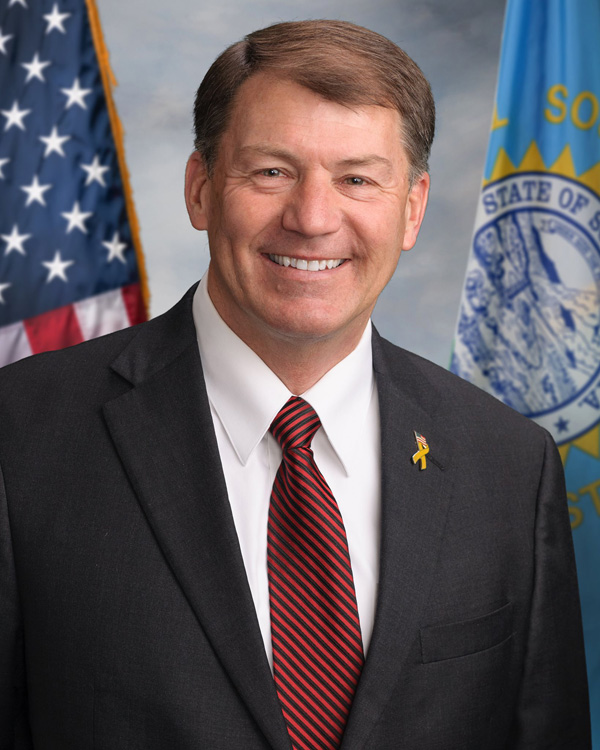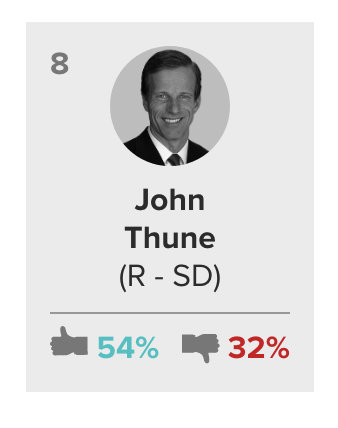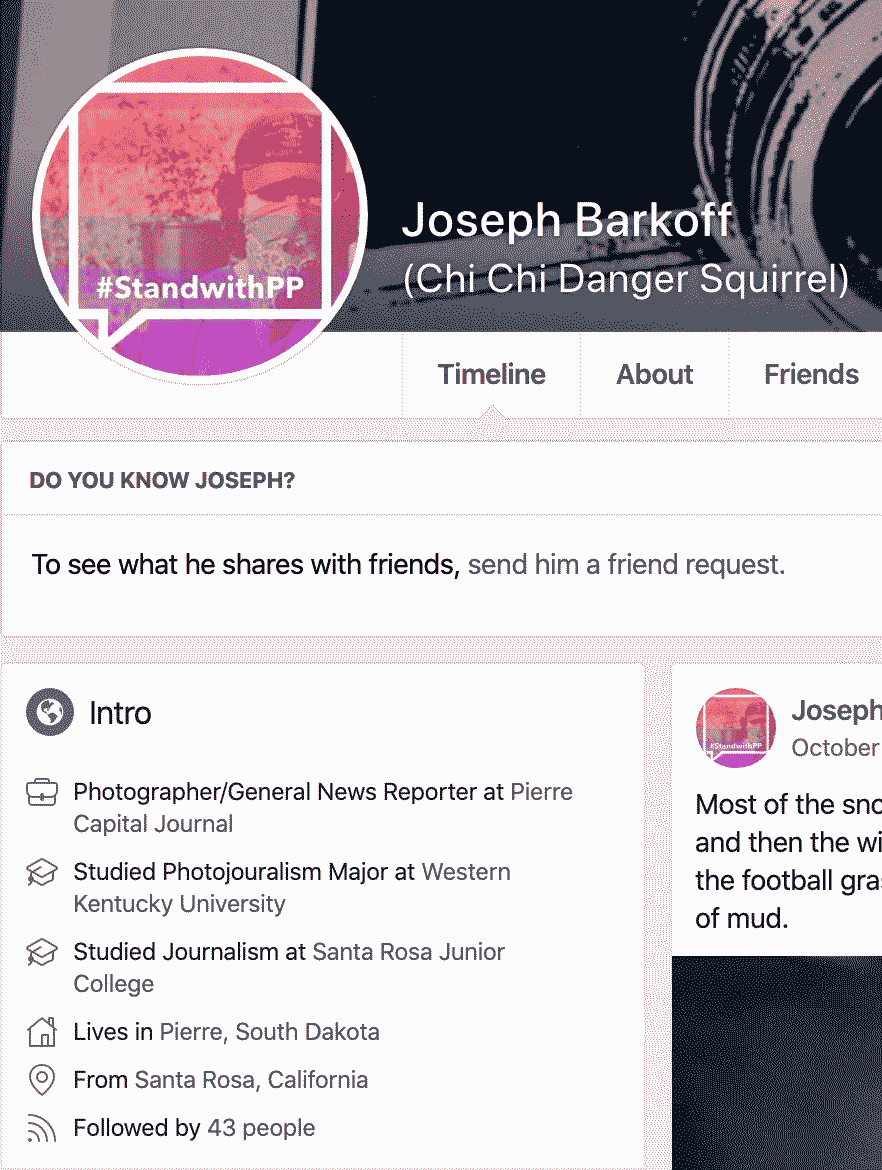

Celebrating Native Americans’ Day in South Dakota
By U.S. Sen. Mike Rounds (R-S.D.)
For 29 years, South Dakotans have celebrated Native Americans’ Day instead of Columbus Day. The late Governor George Mickelson, along with the editor of the Native Sun News, Tim Giago, and tribal leaders, worked together to proclaim 1990 the Year of Reconciliation. The decision to change Columbus Day to Native Americans’ Day was made during the Year of Reconciliation by the state legislature as a way to honor the deep history of the tribal people who have long called this land their home.
Throughout the Year of Reconciliation, and every year since, we have worked to preserve the culture and history of Native American people, acknowledge our challenges and work together on the issues we face. Native Americans make up around 10 percent of our state’s population, and South Dakota is home to nine tribal reservations. It is important for all South Dakotans to understand the history and hardships that Native Americans have gone through so we can have a better understanding of one another. During my time working as governor, we wanted to honor the 20th anniversary of the Year of Reconciliation. 2010 was declared the “Year of Unity,” in recognition of the need to continue building upon the legacy and work of those who came before us. It was also an opportunity for us to celebrate our diversity.
Throughout my time working as governor, and now as a senator, forging strong relationships with tribal leaders and members has been a priority. While tribal governments are sovereign, we often work together on different issues. For example, I introduced legislation in the Senate to require an assessment of the Indian Health Service’s (IHS) management, healthcare delivery processes and finances so it can better serve its patients. Before I introduced that bill, I consulted with tribal leaders to make sure we’re on the same page since the problems at the IHS are directly impacting tribal members.
This summer, the Department of Health and Human Services Office of Inspector General released a report on the Indian Health Service’s management of the closure and reopening of the Rosebud Hospital Emergency Department. The report reaffirmed the need for an assessment of the troubled agency. It showed that IHS hasn’t made significant efforts to improve its facilities or the care it delivers to tribal members. It is unacceptable, and I’ll continue fighting to clean up IHS.
I’ve also prioritized making improvements to tribal veterans’ health care. Earlier this year, I joined Sen. John Thune to re-introduce a bill that would improve tribal veterans’ access to health care. Our goal is to streamline care for eligible Native American veterans who receive care at both the IHS and the VA to make it simpler and more convenient for the veterans who have sacrificed so much for our country.
We’ve re-introduced the RESPECT Act this Congress, which would repeal outdated, offensive laws against Native Americans. Once again, we worked on this legislation in consultation with tribal leaders. It passed out of the Senate last Congress, but wasn’t able to get out of the House. We are optimistic it will move forward this Congress, since it has strong bipartisan, bicameral support, including from Rep. Dusty Johnson who was one of the original sponsors.
This Native Americans’ Day, I honor and celebrate all tribal members, whose culture and traditions are woven into the fabric of our society. I will continue working closely with tribal leaders to find solutions to the problems we face so we can leave behind a brighter future for the next generation.
###



 In the last quarter, US Senator John Thune raised $273,360.27, spent $122,991.95, and is reporting $12,525,824.68 in the bank for his next election.
In the last quarter, US Senator John Thune raised $273,360.27, spent $122,991.95, and is reporting $12,525,824.68 in the bank for his next election.




